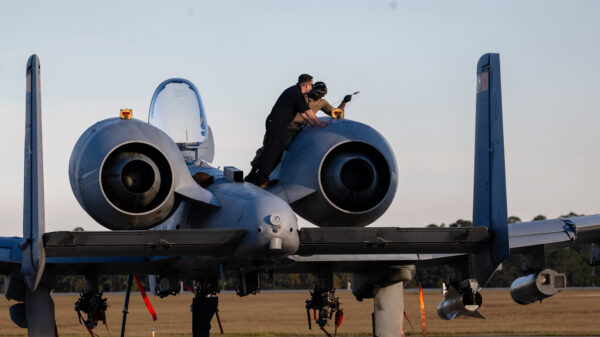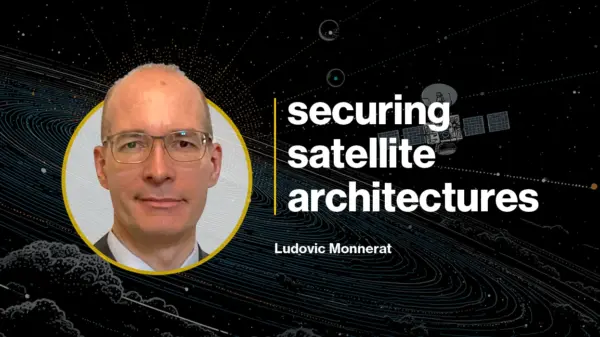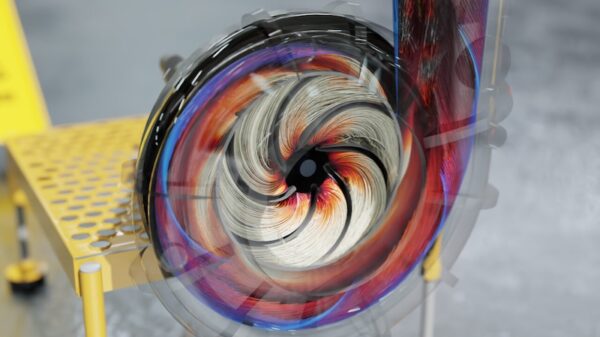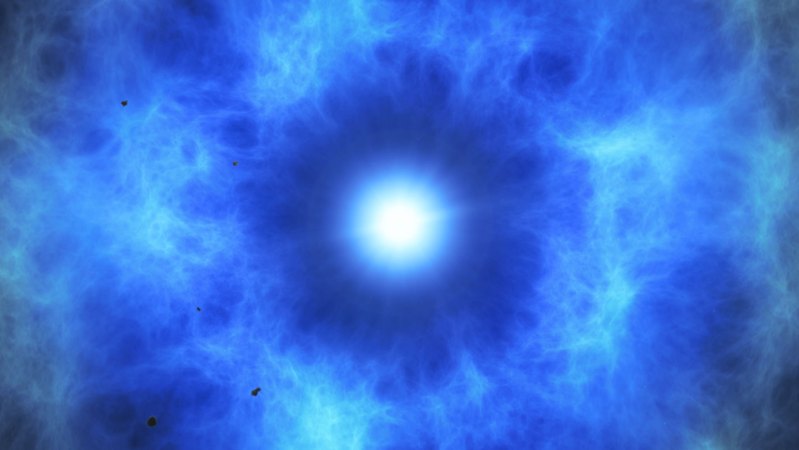A groundbreaking image has revealed the extraordinary phenomenon of a dying star that exploded twice, leading to a type Ia supernova. This discovery provides the first evidence supporting a previously unconfirmed origin story for these powerful cosmic events. The image was captured by the Hubble Space Telescope and marks a significant milestone in our understanding of stellar evolution and supernova mechanics.
The image showcases the star before and after its explosive transformations. According to researchers from the University of California, Berkeley, this dual explosion supports the theory that some type Ia supernovae originate from a white dwarf star in a binary system. The findings were published in the Astrophysical Journal on February 7, 2024, and have the potential to reshape existing models of stellar death.
Understanding Type Ia Supernovae
Type Ia supernovae are critical to astrophysics because they serve as “standard candles” for measuring cosmic distances. Their consistent brightness allows astronomers to calculate the rate of expansion of the universe. The traditional view posited that these supernovae result from white dwarfs reaching critical mass after accumulating material from a companion star.
The recent observations challenge this view by suggesting that some supernovae may arise from a more complex sequence of events. The dying star in question underwent two separate explosions, which may lead to a more nuanced understanding of how such cosmic phenomena occur.
Lead researcher Ryan Foley emphasized the significance of the discovery, stating, “This image shows not just one explosion, but two distinct events, opening new avenues for research into the life cycles of stars.” The data gathered might help astronomers refine their models, ultimately improving our understanding of the universe’s expansion.
The Impact of the Discovery
This revelation has profound implications for the field of astrophysics. As researchers continue to study the aftermath of the double explosion, they aim to unravel more mysteries surrounding the life cycles of stars and the formation of supernovae. The findings could also enhance our comprehension of dark energy and the universe’s accelerating expansion.
The captured image not only illustrates the beauty of cosmic events but also serves as a reminder of the vast, dynamic universe we inhabit. As telescopes and technologies improve, the potential for future discoveries remains vast, promising to keep astronomers and enthusiasts alike engaged in the wonders of space.
The collaboration between institutions like NASA and academic research hubs continues to yield groundbreaking results. As scientists analyze this data, they hope to answer questions that have lingered for decades, forging a clearer path toward understanding the life and death of stars in our galaxy and beyond.



































































